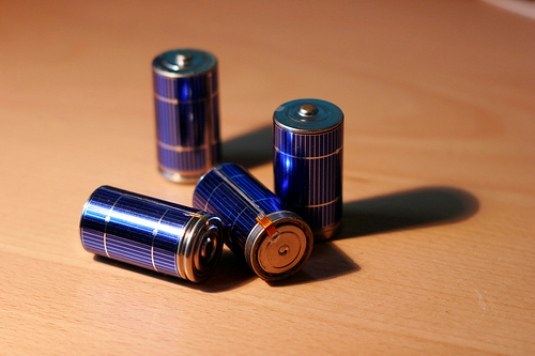You will need
- - awl or sharp nail;
- a syringe;
- - distilled water;
- - table 9% vinegar;
- - 10% hydrochloric acid solution;
- - plasticine or resin;
- a small hammer;
- - hot water;
- - charger for the batteries.
Instruction
1
The process of recovery of the batteries is known as regeneration. Practice shows that not every element is suitable for recovery, and that, capacity, and voltage has not dropped below a certain value (for penlight batteries 1.5 V this value will be 0.7-0.8 In).
2
Please note that most efficiently restore batteries operating at high load currents (torches, toys, portable audio players, etc.); much worse - the elements working at low currents (clock, portable radio, cameras, etc.)
3
If AA battery is stored for a long time and has dried, make two holes with an awl or thin nail along the Central rod in the middle between him and the edges of the batteries. Punctures need to be made to a depth of approximately ¾ of the height of the cells.
4
Inject into one of the holes using a medical syringe a few drops of water (preferably distilled). Through the second hole at this time will get displaced by air. As soon as the second hole will appear water, the syringe is removed. After "refueling" the battery hole paper over clay or hot tar.
5
Another, more reliable version of the fill for the batteries, is not water, and 10% hydrochloric acid solution or a double dose of vinegar.
6
In addition, it is possible to revive the battery, dropping it in hot water for about 10 minutes.
7
Mechanical impact can also extend the life of the batteries for 2-3 days. Try gently tap the housing elements with a small hammer.
8
There are options of chargers for different types of batteries. Schemes such fixtures can be found on the Internet.
Note
Keep in mind that it is better not to risk it and still replace the "updated" battery for a new one, as there is a risk that old batteries can leak fluid and ruin chip your instrument.
